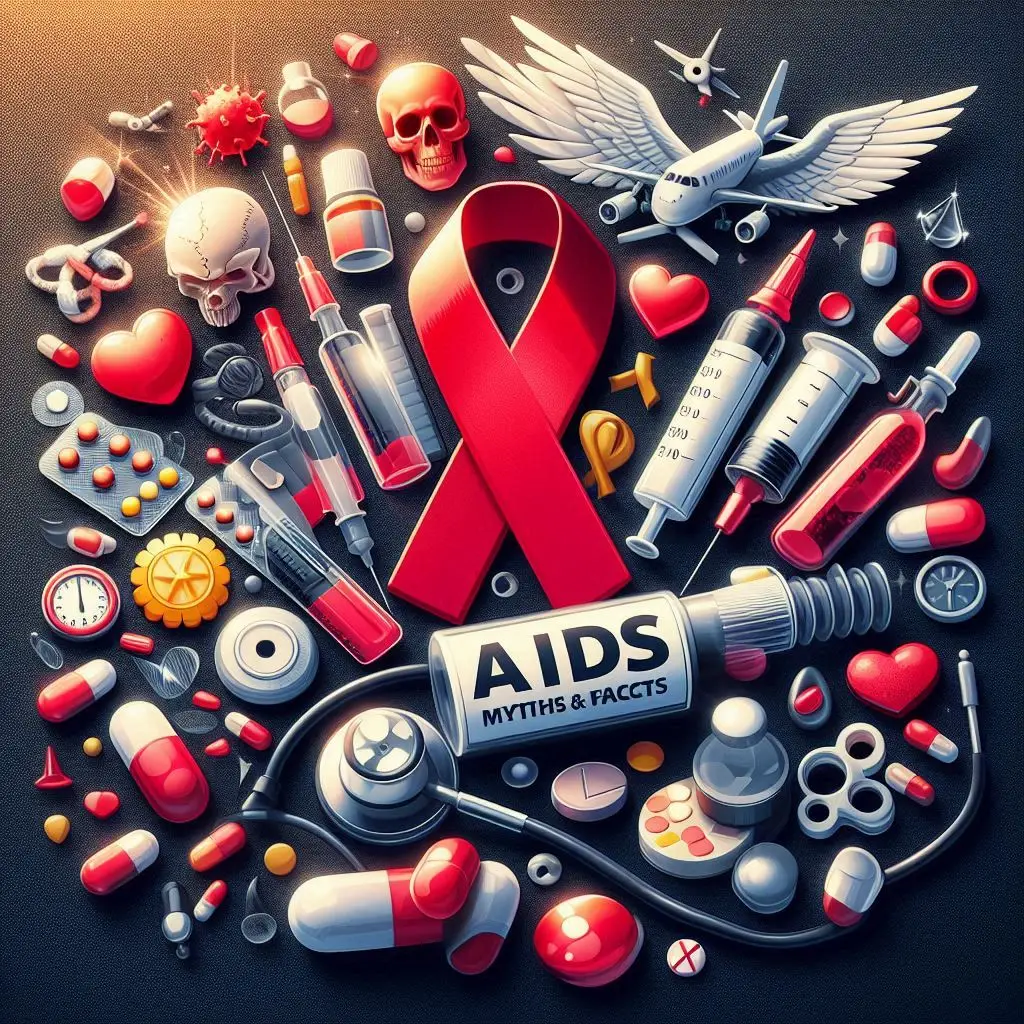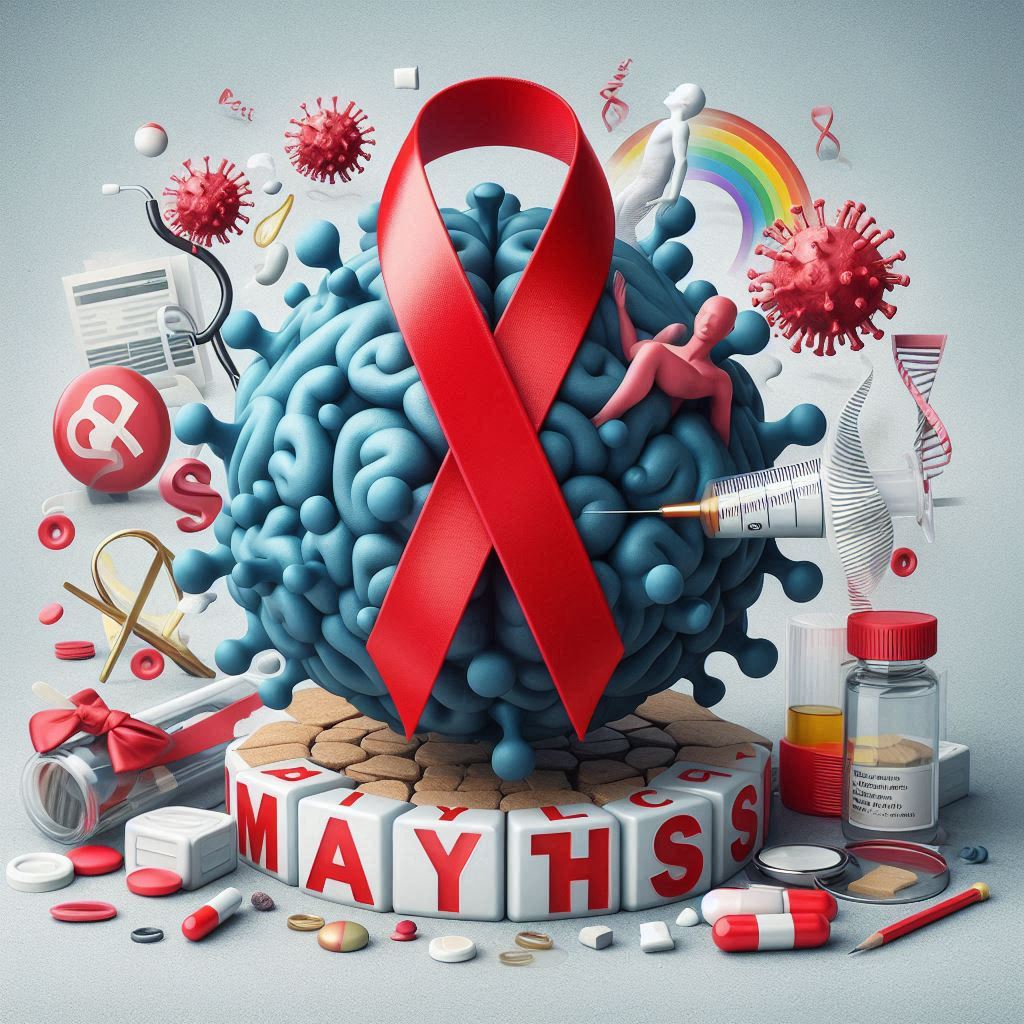In the dense fog of fear and misinformation that once surrounded the AIDS epidemic, myths grew like weeds—untamed and invasive. Today, while medical science has advanced and public awareness has improved, many false beliefs still linger in public discourse. These myths don’t just cloud the truth—they can harm individuals, prevent life-saving treatments, and stall our collective progress. In this article, we aim to separate myth from fact and answer the foundational question: Where did AIDS come from?

Where Did AIDS Come From? The Origin Unveiled
To understand its roots, scientists traced HIV back to a simian virus—SIV (Simian Immunodeficiency Virus)—found in chimpanzees in Central Africa. It is believed that through a process known as zoonosis, the virus crossed into humans when hunters came into contact with infected chimpanzee blood, likely during the early 20th century. This viral leap is thought to have occurred in the Democratic Republic of Congo, with the earliest known human case of HIV dating back to 1959.
Thus, the answer to where did AIDS come from lies not in conspiracy or rumor, but in well-documented viral evolution and cross-species transmission.
Myth 1: AIDS Was Created in a Laboratory
One of the most persistent myths is that AIDS was artificially created as a weapon or population control method. Despite the popularity of this theory in certain circles, there is no credible scientific evidence to support it. Genetic studies of HIV clearly demonstrate its natural evolution from SIV. Believing otherwise distracts from real efforts to combat the disease and unjustly stigmatizes communities.
Fear fueled misinformation in the early days of the epidemic, with many believing they could catch HIV by sharing a toilet seat, hugging, or shaking hands. It is transmitted through blood, semen, vaginal fluids, rectal fluids, and breast milk, not through air, water, or touch.
This misconception has long contributed to the unjust isolation and discrimination of HIV-positive individuals. Public health campaigns continuously work to correct this, but stigma remains a social side effect of scientific ignorance.
Myth 3: Only Certain Groups Get HIV
In the 1980s, the media wrongly portrayed AIDS as a “gay disease.” While gay and bisexual men have been disproportionately affected, HIV can—and does—impact anyone, regardless of gender, sexuality, race, or socioeconomic status. Today, heterosexual transmission accounts for a significant percentage of global cases, particularly in Sub-Saharan Africa.
Answering where did AIDS come from involves acknowledging this painful history of marginalization and misinformation. Education is critical in breaking these damaging stereotypes.

Myth 4: HIV Is a Death Sentence
Another outdated belief is that a diagnosis of HIV equals a death sentence. In reality, modern antiretroviral therapy (ART) allows people living with HIV to lead long, healthy lives. When taken consistently, ART reduces the viral load to undetectable levels, meaning the virus can’t be transmitted to others—known as U=U (Undetectable = Untransmittable).
The earlier the diagnosis and treatment, the better the outcome—making testing, awareness, and destigmatization essential tools in prevention and care.
Understanding where did AIDS come from is more than a history lesson—it’s a weapon against ignorance. AIDS did not arise from conspiracy, curses, or divine punishment. It is a zoonotic disease, like many others, and must be treated with science, compassion, and truth.
By dispelling these enduring myths, we move one step closer to a future where HIV/AIDS is not only treatable but perhaps one day, completely preventable. Let’s replace fear with facts and judgment with justice—because truth saves lives.


